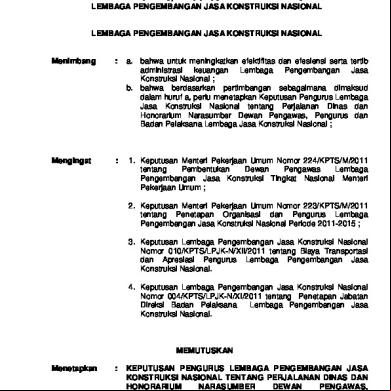Cxcccx q433e
This document was ed by and they confirmed that they have the permission to share it. If you are author or own the copyright of this book, please report to us by using this report form. Report 2z6p3t
Overview 5o1f4z
& View Cxcccx as PDF for free.
More details 6z3438
- Words: 249
- Pages: 9
INTRODUCTION
•
Verrucae are common lesions of children and adolescent, although they may encounter at any age.
•
They are caused by human papillomaviruses (HPV)
•
Transmission of disease usually involves direct between individuals or auto-inoculation.
•
Verrucae are generally self-limited, regressing spontaneously within 6 month to 2 years.
•
The classification of verrucae is based largely on appearance and location.
•
The lesions of Verruca vulgaris occur anywhere but most frequently on the hands, particularly on the dorsal surfaces and periungual areas.
•
They appear as grey-white to tan, flat to convex, 0.1 to 1 cm papule, with a rough pebble like surface.
PATHOPHYSIOLOGY
Papillomaviruses are thought to have 2 modes of replication: •
Stable replication of the episomal genome in basal cells.
•
Runaway, or vegetative, replication in differentiated cells to generate progeny virus
more
•
Stable replication of the episomal genome in basal cells.
•
Runaway, or vegetative, replication in more differentiated cells to generate progeny virus
•
HPV infects the basal keratinocyte of the epidermis, presumably through disruptions of the skin or mucosal surface.
•
At this location, the virus remains latent in the cell as a circular episome in low copy numbers.
•
Autoinoculation of virus into opposed lesions is common. Spread of HPV infection is usually through skin-associated virus and not blood-borne infection.
•
Cell-mediated immunity (CMI) probably plays a significant role in wart regression;
•
patients with CMI deficiency are particularly susceptible to HPV infection and are notoriously difficult to treat.
•
Verrucae are common lesions of children and adolescent, although they may encounter at any age.
•
They are caused by human papillomaviruses (HPV)
•
Transmission of disease usually involves direct between individuals or auto-inoculation.
•
Verrucae are generally self-limited, regressing spontaneously within 6 month to 2 years.
•
The classification of verrucae is based largely on appearance and location.
•
The lesions of Verruca vulgaris occur anywhere but most frequently on the hands, particularly on the dorsal surfaces and periungual areas.
•
They appear as grey-white to tan, flat to convex, 0.1 to 1 cm papule, with a rough pebble like surface.
PATHOPHYSIOLOGY
Papillomaviruses are thought to have 2 modes of replication: •
Stable replication of the episomal genome in basal cells.
•
Runaway, or vegetative, replication in differentiated cells to generate progeny virus
more
•
Stable replication of the episomal genome in basal cells.
•
Runaway, or vegetative, replication in more differentiated cells to generate progeny virus
•
HPV infects the basal keratinocyte of the epidermis, presumably through disruptions of the skin or mucosal surface.
•
At this location, the virus remains latent in the cell as a circular episome in low copy numbers.
•
Autoinoculation of virus into opposed lesions is common. Spread of HPV infection is usually through skin-associated virus and not blood-borne infection.
•
Cell-mediated immunity (CMI) probably plays a significant role in wart regression;
•
patients with CMI deficiency are particularly susceptible to HPV infection and are notoriously difficult to treat.





